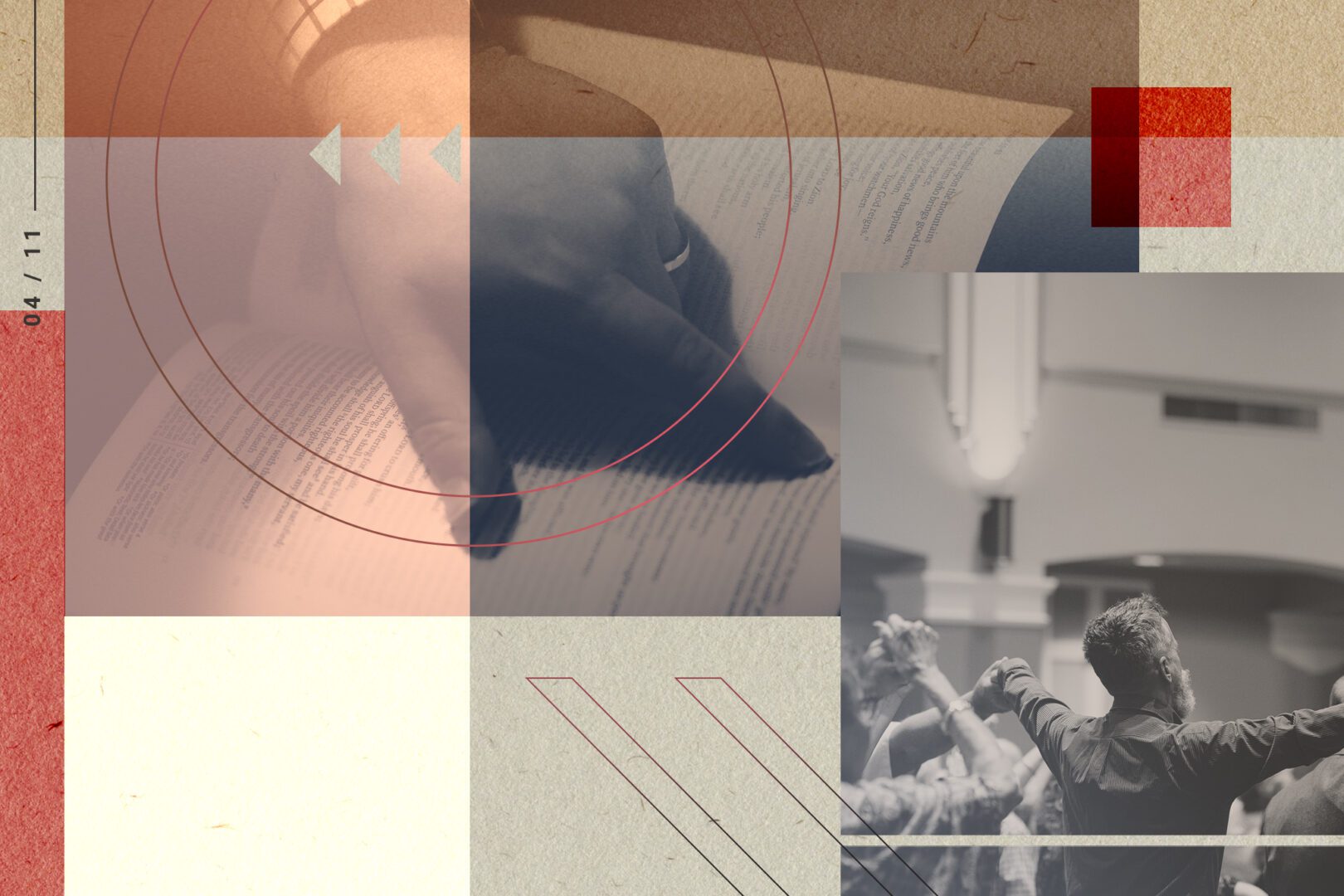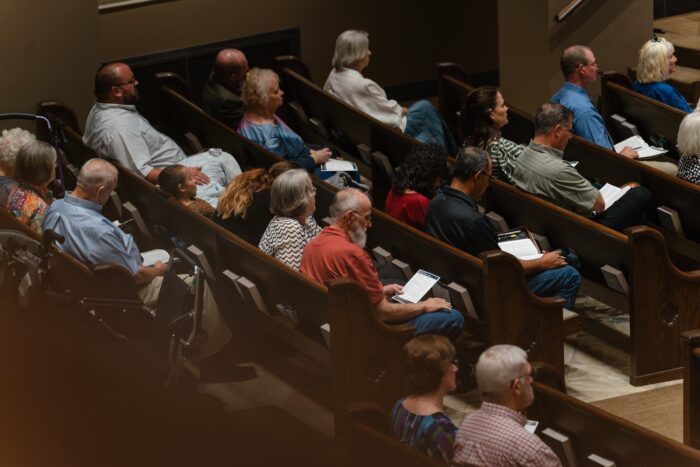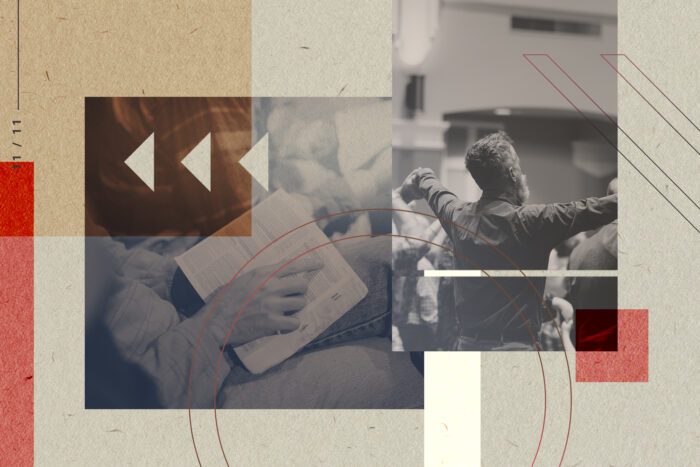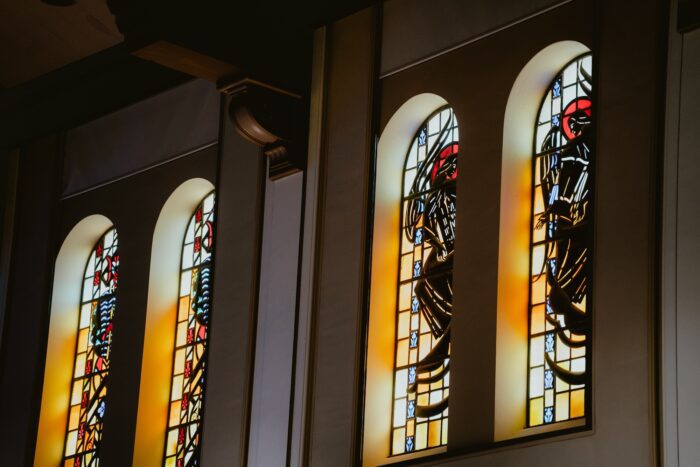Editor’s note: This year marks the centennial anniversaries of the Cooperative Program’s creation, the adoption of the Baptist Faith & Message, and the SBC’s ownership of Southwestern Seminary. To celebrate these 100 years of Southern Baptist cooperation, Southwestern has compiled eleven essays from key Southern Baptist leaders and seminary faculty for an original series on the ETC blog. The entire series, which will publish over the course of eleven weeks, will be available here.
On the centennial anniversary of the Cooperative Program, it is fitting to celebrate the common work that Southern Baptists have performed together. A program of cooperation sounds like a great idea. After all, teamwork makes the dream work, as they say. However, the words “cooperate,” “cooperative,” or “cooperation” don’t occur in the Old Testament. So how does the Cooperative Program compare to Old Testament teaching? I would like to look at two accounts where the biblical authors focus on the common efforts of God’s people to accomplish a work on God’s behalf: the construction of the tabernacle and the construction of the temple. The tabernacle served as a moveable sanctuary until the construction of the temple as a stationary sanctuary in Jerusalem. Together they illustrate the type of cooperation that characterizes the Cooperative Program.
Significance of Constructing a Sanctuary
Before looking at the two occasions in detail, it is helpful to think about the significance of constructing a sanctuary in the Old Testament context. Within that context, God was considered the source of all good things, so blessings emanated from His presence. At the same time, God was considered holy, and His presence was overwhelming. As a result, God’s immediate presence threatened to overwhelm any human, resulting in death, and to bring punishment on whatever is sinful. Through a sanctuary, God could dwell among His people while the sanctuary facilitated access to Him. The sanctuary created a sacred space that suited God’s holiness while also protecting the people from His overwhelming presence. Furthermore, the sanctuary also reflected what God was like. Just as kings constructed palaces to emulate their own majesty and splendor, in an analogous way, a sanctuary would reflect God’s majesty and splendor. Therefore, constructing a sanctuary held significant implications for Israel’s worship and wellbeing. In the context of this significant work, the Old Testament focuses on cooperation.
Cooperation in the Construction Accounts
To examine these two occasions of sanctuary construction, I will focus on Exodus 25–40 for the tabernacle construction and 1 Chronicles 22–2 Chronicles 5 for the temple construction. These two passages resemble each other in many ways, especially since Chronicles models its account of temple construction on the tabernacle. In the following, I will point out features of the narratives that speak to Israel’s cooperative work.
First, each project began with voluntary cooperative generosity. For the tabernacle, God called for the whole Israelite community to take up a voluntary offering to use in constructing the tabernacle (Exodus 25:1–8; 35:4–19). This offering was not a required contribution or tithe; it was entirely voluntary. Only those whose hearts moved them participated. Even so, the Israelite community gave generously to construct the LORD’s tabernacle. For the temple, King David led the way in providing the materials. He gave a great deal of wealth, including wealth from his own personal resources (1 Chronicles 29:2–5). However, the people during his reign also gave generous, voluntary offerings for the temple construction (1 Chronicles 29:6–8). As a result, David praised the LORD because all Israel had responded so willingly and generously (1 Chronicles 29:10–17). Even though each account focuses on different groups, both projects began with voluntary cooperative generosity to construct a sanctuary for the LORD.
Second, this cooperation consisted of materials and work. Exodus 35:22–28 describes the materials brought for the work: gold, various colors of fine thread, animal skins, silver, bronze, acacia wood, precious stones, spices, oils, and incense. These materials were rare and expensive, especially for a community that had just left Egypt behind and was making its way across uninhabited regions. For the temple, David and the people also gave rare and expensive materials in enormous quantities (1 Chronicles 29:2–8). However, the accounts, especially the tabernacle account, also highlight their cooperation in the work. The people participated in spinning fine threads (Exodus 35:25–26). Moses summoned everyone skilled to participate in constructing the tabernacle (Exodus 36:1–2), and they did so as God had commanded them (Exodus 36:8–39:32). For the temple, the master artisan Huram-abi worked with two generations of artisans (David’s and Solomon’s) to construct the temple (2 Chronicles 2:14 [13]).
Third, cooperation extended to all the community. For the tabernacle, the text illustrates the extent of cooperation by mentioning men and women. Most Old Testament texts focus on the activities of men, often as representatives of their families, even though the whole family may participate. The tabernacle account explicitly mentions that both men and women were involved in the preparation for and/or the production of the tabernacle. Both men and women explicitly offered up gold for the project (Exodus 35:22) and likely the other verses imply that both men and women contributed to the other offerings. However, the text explicitly recounts that the women contributed their work in spinning the materials into fine threads suitable for the tabernacle (Exodus 35:25–26).
For the temple, the text illustrates the extent of cooperation differently. Because temple-building was a royal responsibility, it focuses more on the king and the extensive leadership over the various tribes of the nation. As a result, the account records the contribution of materials from family leaders, tribal leaders, military commanders, and royal officials as representatives of all the people (1 Chronicles 29:6). Furthermore, David calls upon all Israel’s leaders to help Solomon construct the temple (1 Chronicles 22:17–19).
Fourth, cooperation was necessary to accomplish the work because the task was too great for one person. The temple construction account makes this point explicitly. As David approached the latter part of his life, he recognized that the task was too great for Solomon, so he began preparing materials and artisans for the work (1 Chronicles 22:14–16). Even with the great quantity David gathered, he knew that Solomon would need to add more. David also charged all the leaders of Israel to help Solomon build the temple in Jerusalem (1 Chronicles 22:17–19). Solomon also recognized that he could not construct the temple by himself even with all the preparation his father had done, so he requested help from a master artisan, Huram-abi, to cooperate with his artisans to do the work (2 Chronicles 2:6–7 [5–6]). As a result, the task of constructing the temple required two generations of Israel to complete it: David’s generation and Solomon’s generation. Only through cooperation could Israel construct such a great sanctuary.
Conclusion
Constructing a sanctuary was among the most significant works for Israel’s worship and wellbeing. To accomplish that important work, God’s idea was cooperation. God called for cooperation that consisted of voluntary generosity in gathering materials and performing the work together. The work extended to all the people: men, women, king, leaders, and artisans. Each one had a role to play. This cooperation accomplished what one person, even a person like Moses, David, or Solomon, could not accomplish.
The cooperation illustrated in these Old Testament corresponds in many ways to the cooperation fostered by the Cooperative Program. It enables an important work, not the construction of a physical sanctuary, but the strengthening and expansion of God’s churches where His presence is known. The cooperation consists of willingly pooling our resources and performing the work together. All people are invited to the work. Furthermore, the cooperation fostered by the Cooperative Program has accomplished, for generations, far more than any individual or any individual church could accomplish alone. Even though one cannot find the Cooperative Program in the pages of the Old Testament, one can certainly find a plan of cooperation to experience and demonstrate God’s presence throughout the world.








